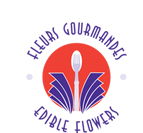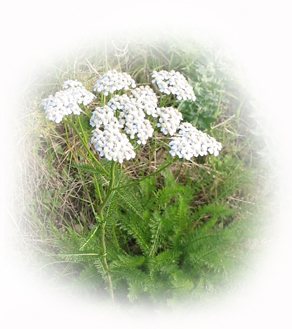Yarrow
|
|
| Achillea millefolium
Asteraceae
The genus name refers to the mythical Greek hero Achilles and a thousand leaves refers to the leaf cut into a thousand parts. During the battle of Troy it is reputed that Achilles may have healed many warriors after being instructed in the yarrow’s ability to staunch the flow of blood. Yarrow stems were used by Druids to define seasonal weather in Europe, while in China yarrow stems were used to foretell the future with the I Ching readings – The Book of Changes or Yarrow Stalk Oracle. |
|
| The Aboriginals use it as a war symbol, tonic and general heal-all. Yarrow was also used in an herbal tea to reduce fever, fight cold and cure indigestion. It was also used to feed poultry to render them more disease resistant. It is reputed to stop hemorrhaging but to also induce nosebleeds. Both flower and leaf are used in cooking; young leaves are slightly bitter and peppery, and go well in salads, soft cheese dips and to garnish. Yarrow is also used as an insect deterrent by burning the leaves on hot embers. In wine making, a packet of yarrow leaves prevents a bitter taste. Yarrow should be avoided in large doses while pregnant. | |
In the Garden
|
|



